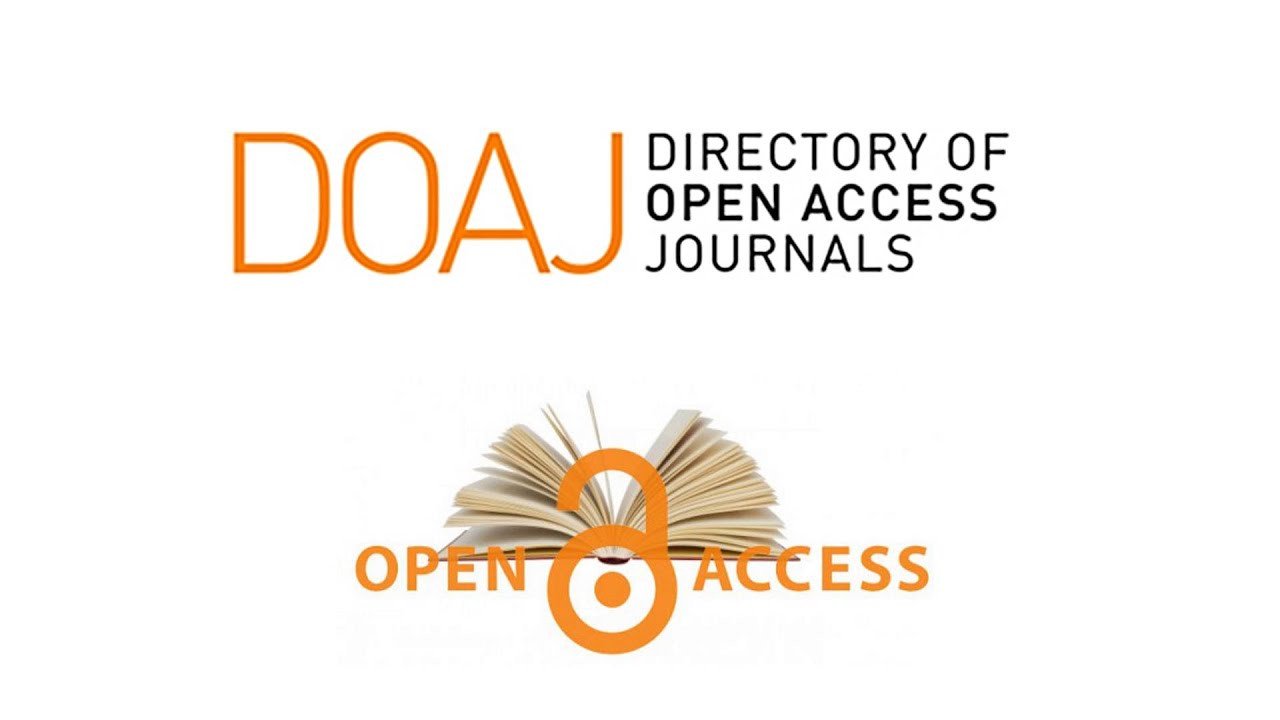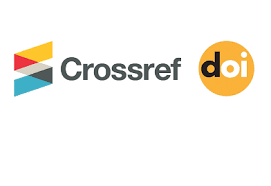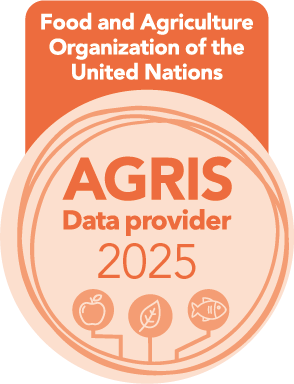Evaluation of the environment of the Shatt Al-Arab estuary and Iraqi marine waters using the Estuarine Biological Integrity Index (EBI)
DOI:
https://doi.org/10.58629/ijaq.v21i2.575Keywords:
EBI, Fish, Shatt Al-Arab estuary, Iraqi Marine watersAbstract
A total of 9772 fish specimens were collected, including 91 species of bony fishes in the Shatt Al-Arab estuary and Iraqi marine waters, belonging to 72 genera and representing 48 families from January 2018 to December 2018 in three selected stations. The Estuarine Biological Integrity Index (EBI) was calculated in the current study through 13 units that included species richness units, fish community composition, and trophic guild units. The total Estuarine Biological Integrity Index (EBI) value reached 48.5, 55.9, and 57.4 for the three study stations. It was included in the impaired and marginally impaired evaluation in the different months within the study stations. The highest value of the index reached 71.42 in July at the Iraqi marine waters. It is evaluated as the marginally impaired category, and its lowest value was 41.47 in March at the Shatt Al-Arab estuary where it is assessed as the impaired category. The average total index value reached 55.61 and it is evaluated as in the impaired evaluation.
Metrics
References
Al-Ali, J. T.; Al-Mahmoud, H. K. and Hammoud, U. E (2012). A study of the topographical and navigational changes Khor Abd Allah canal. J Basr. Res. 38(4B):30-41. DOI: https://www.iasj.net/iasj/article/63514
Al-Khafaji, B. Y.(2016). Fundamentals of Ecology, Dhi Qar. Univ. Press, Coll. Med. 1-276.(In Arabic).
Al-Mansi, A. M. (1999). Environments Red Sea and Arabian Gulf, General Authority for the Protection and Development of Qatari Waters, 90-201. (In Arabic).
Bind off, N. L.; Cheung, W. W. L. and Kairo, J. G. (2019). Changing Ocean Marine Ecosystems and Dependent communities Final draft .IPCCs Ocean and Cryos.198p. DOI: ipcc.ch/site/assets/uploads/sites/3/2019/11/09_SROCC_Ch05_FINAL.pdf
Branch, T. A., Jensen, O. P., Ricard, D., Ye, Y., and Hilborn, R. A. Y. (2011). Contrasting global trends in marine fishery status obtained from catches and from stock assessments. Conservation biology, 25(4), 777-786.
Carpenter, K. E; Krupp, F; Jones, D.A. and Zajonz, U.(1997). FAO species identification field guide for fishery purposes. Living marine resources of Kuwait, Eastern Saudi Arabia, Bahrain, Qatar and the United Arab Emirates. FAO Rome, 293 p. http://www fao.org/3/v8729e/v8729e00.htm.
Claridge, P. N.; Potter, I. C. and Hardisty, M. W.(1986). Seasonal changes in movements abundance size composition and Diversity of the fish Fauna of the severn Estuaries. J. Mar. Biol. 66:229-258.
Deegan, L. A.; Finn, J. T.; Ayvazian, S.G.; Ryderkieffer, C. A. and Buonaccors, J. (1997). Development and validation of an estuarine biotic integrity index. Estuaries. 20:601-617. DOI: org/10.2307/1352618
Dominguez, R. P.; Maci, S. C.; Borja, A.; Neto, J. and Elliott, M. (2013). Review of fish-based indices to assess ecological quality condition in transitional waters. report with wiser Deliverable with Institute of Estuarine and coastal studies Univ. of Hull. 25p. DOI: 10.1016/j.marpolbul.2008.07.020
Elliott, M.; Whitfield, A. K.; Potter, I. C.; Blaber, S. J. M.; Cyrus; D. P; Nordlie, F. G. and Harrison, T. D. (2007). The guild approach to categorizing estuarine fish assemblages. Fish. J. 8:241-268. DOI: org/10.1111/j.1467-2679.2007.00253.x
FAO (2009). Climate change implications for fisheries and aquaculture. Fao Fisheries Aquaculture Technical Paper 530, 212P.
Fischer, W. and Bianchi, G. (1984). FAO Species iden0tification S for fishery purpose western fndian ocean. Fish area 51 (3): 594p. http://scirp.org/reference/referencespapers.aspx?referenceid=1253811
Franco, A.; Elliott, M.; Franzoi, P. and Torricelli, P. (2008). Life strategies of fishes in European estuaries: the functional guild approach. Mar Ecol Prog Ser, 354, 219-228.
Froese, R. and Pauly, D. (2018). Fish base: world wide web electronic publication.www.fishbase.org.(version.02/2018).http;//www.org/Summary/speciesSummary.php
Ganasan, V. and Hughes, R. M. (1998). Application of an Index of biological integrity (IBI) to fish Assemblages of the rivers khan and kshipra (Madhya Pradesh), Indian. Biol. J. 40:367-383. DOI:buu.ac.th/ojs246/index.php/sci/article/view/2056/1983
Hussain, N. A. and Ahmed, S. M. (1995). Seasonal composition abundance and spatial distribution of ichthyoplankton in an estuarine sub tropical part of the Northwestern Arabian Gulf. Mar. Res. 4(2): 135- 146.
Jawad, L. A; Ziyadi, M. S. F.; Naslund, J.; Pohl, T. and Al-Mukhtar, M. A.(2018). Checklist of the fishes of the newly discovered coral reef in Iraq, North-West Arabian Gulf, with 10 new records to the Arabian Gulf. J. Ichtyos. 24(3):89-102. t: https://www.researchgate.net/publication/328879662
Qasim, A. M. H. (2014). Evaluation and management of the stock of Tenualosa ilisha (Hamlton-buchanan, 1822) fish stocks in Iraqi marine waters. Mast. thesis, Coll of Agric, Univ of Bas. 1-88 p. (In Arabic)
Karr, J. R. (1981). Assessment of biotic Integrity using fish communities. Fish. Fish. J. 6(6):21-27.DOI:org/10.1577/15488446(1981)006<0021:AOBIUF>2.0.CO;2
Kuronuma, K. and Abe, Y. (1986). Fishes of the Arabian Gulf, Kuwait institute for scientific research international Academic printing co. Ltd, Tok-jap,1- 356 p.
McCormick, F. H.; Hughes, R. M.; Kaufmann, P. R; Peck, D.V; Stoddard, J. L and Herlihy, A. T. (2001). Development of an index of biotic integrity for the Mid-Atlantic Highlands region. Fish. Fish. J. 130:857-877. DOI: 10.1577/1548-8659(2001)130<0857:DOAIOB>2.0.CO;
Meng, L.; Orphanides, C. D and Powell, J. C. (2002). Use of a fish Index to assess habitat Quality in Narragansett Bay. Rhode Island. Transactions of American. Fish. Fish. J. 131:731-742.p http;//www:wiser.eu/download/D4.4-1.pdf
Minns, C. K.; Cairns, V. W; Randall, R. G. and Morre, J. E. (1994).An index of biotic integrity (IBI) for fish assemblages in littoral zone of great lakes areas of concern. J. Aquic. Scien, 51:1804-1822. DOI: org/10.1139/f94-183
Mahmoud, A. M.; Ali, T. S. and Hussain, N. A. (2002). Assessment of fisheries wealth in Iraqi marine waters for the period (1995-1999). Iraq. Agric. 7 (127-136). (In Arabic).
Moyle, P. B. and Marchetti, M. P. (2006). Predicting invasion Success: Fresh-water fishes in California as a model. Bioscience,56:515-524. DOI:org/10.1641/0006-3568(2006)56[515:PISFFI]2.0.CO;2
Nellen, W. and Sohnack, D. (1974). Sampling problems and methods of fish eggs and larvae investigation with special reference to in land water. Report of the Symposium on the Methodology for the survey, Monitoring and Appraisal of fishery Resources in lakes and large river. EIF. Tech. 23. DOI: org/docs/books/55067C/9.pdf
Odum, W. A. (1970).Insidious alternation of the estuarine environment, Transactions of the Amer. Fishe. Soci, 99: 836-847.
Robinson, C. L. K.; Hay, D. E.; Booth, J. and Truscott, J. (1996). Standard Methods for Sampling Resources and Habitats in Coastal Sub tidal Regions of British Columbia: Part 2 - Review of Sampling with Preliminary Recommendations. Can. Tech. Rep. Fish Aqua. Sci. 119 p. http;//www:gov.bc.ca/assets/gov/environment/natural-resource-stewardship
Shannon, C. E .and Weaver, W. (1949).The mathematical theory of communication, univ. Illinois. press, Urbane, I.11. 117p. Cited by Fausch, K. D; J. Lyons; J. R. Karr and P. L. Angermeier (1990).
Smith, P. E. and Richardson, S. L. (1977). Standard techniques for pelagic fish eggs and Larvae. surveys. FAO. Fish. Tech. pap. 175-100.
Tyler, A. V. (1971). Periodic and resident components in communities of Atlantic fishes. J. Fisher Rese. 28(7): 935-946.
Downloads
Published
How to Cite
Issue
Section
License
Copyright (c) 2024 Iraqi Journal of Aquaculture

This work is licensed under a Creative Commons Attribution 4.0 International License.










